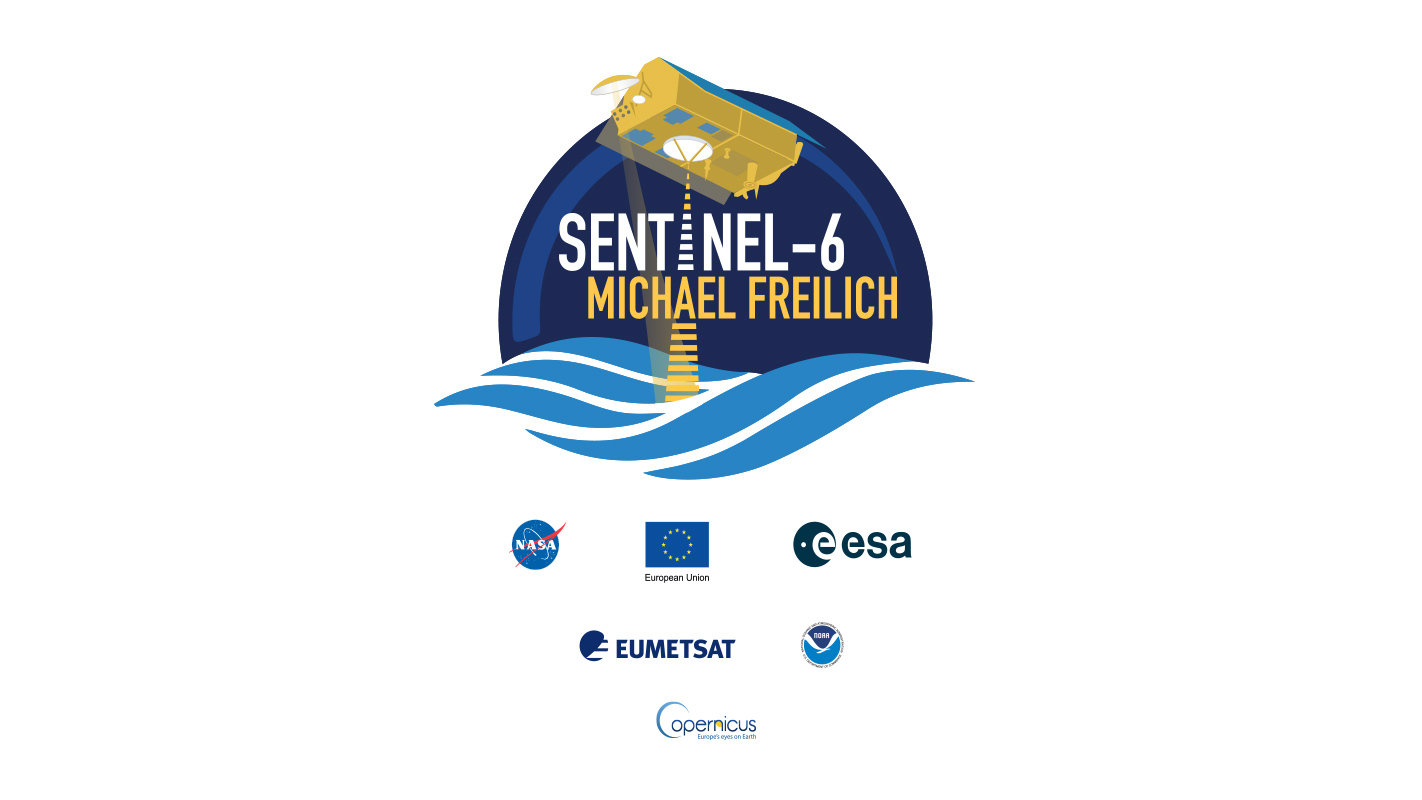The satellite and its twin will add to a long-term sea level dataset that's become the gold standard for climate studies from space. The spacecraft will each carry an instrument to measure sea level for nearly the entire globe, three instruments to help determine the precise position and orientation of the satellite, and one to measure atmospheric temperature and humidity. How will Sentinel-6 Michael Freilich further our ocean and climate knowledge? Here are five things you should know:
1. It will provide information that will help researchers understand how climate change is reshaping Earth's coastlines – and how fast this is happening.
Earth's oceans and atmosphere are inextricably connected. The sea absorbs more than 90% of the heat trapped by rising greenhouse gases, which causes seawater to expand. This expansion accounts for about one-third of modern-day sea level rise, while meltwater from glaciers and ice sheets accounts for the rest.
The rate at which the oceans are rising has accelerated over the last 25 years, and scientists expect it to speed up even more in the years to come. Sea level rise will change coastlines and influence how tides and flooding from storms affect cities. To better understand how rising seas will impact humanity, researchers need to know how fast sea level is changing. This means that they need long climate records – something Sentinel-6 Michael Freilich and its successor will help to provide.
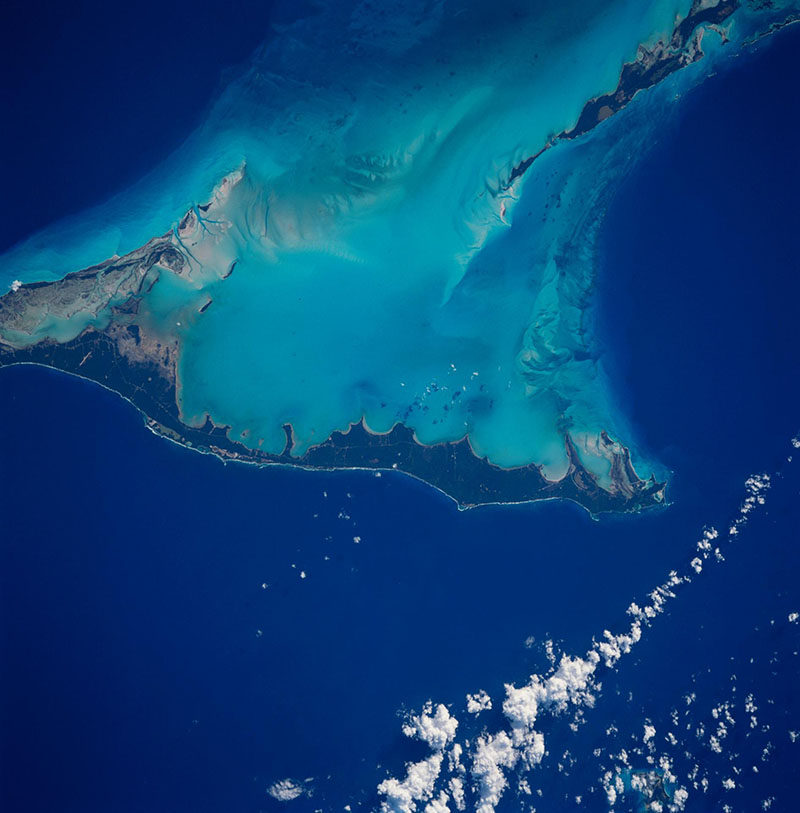
Coastlines and islands are being reshaped by sea level rise; observations by Sentinel-6 Michael Freilich will help us prepare for these changes.
Image credit: NASA
2. The satellites will see things that previous sea level missions couldn't.
In monitoring global sea levels since 2001, the Jason series of satellites has been able to track large ocean features like the Gulf Stream and climate phenomena like El Niño and La Niña that stretch over thousands of miles. However, measuring smaller sea level variations near coastlines, which can affect ship navigation and commercial fishing, has been beyond their capabilities.
Sentinel-6 Michael Freilich will collect measurements at higher resolution. What's more, it will include new technology in the Advanced Microwave Radiometer (AMR-C) instrument that, along with the mission's Poseidon-4 radar altimeter, will enable researchers to see these smaller, more complicated ocean features, especially near the coastlines.
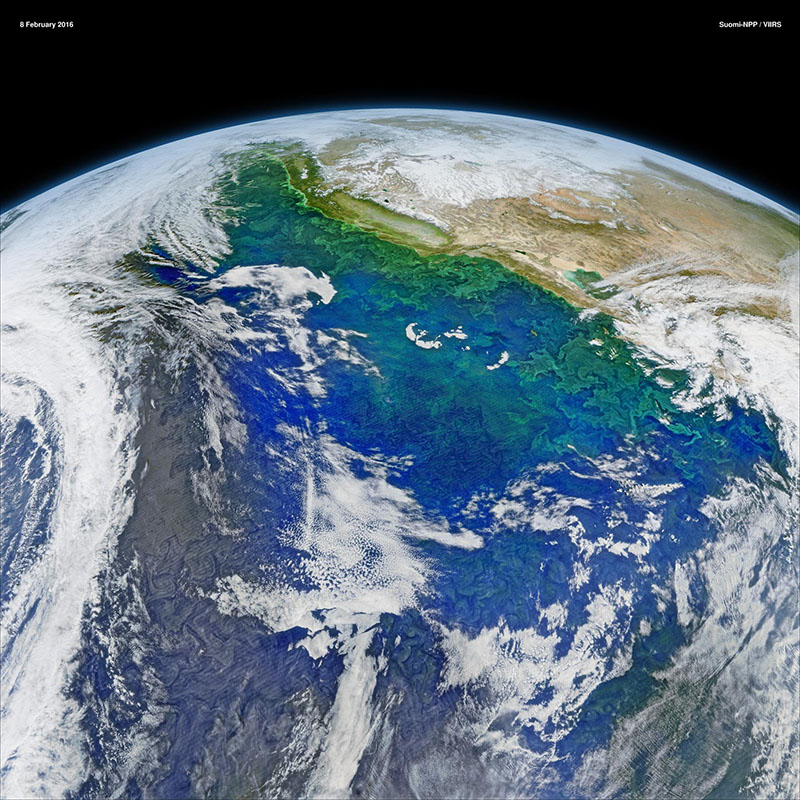
Sentinel-6 Michael Freilich will get a high-resolution view of sea level heights and ocean currents close to the coasts where communities are most affected by sea level rise.
Image credit: NASA/NOAA
3. Sentinel-6 Michael Freilich builds upon a highly successful U.S.-European partnership.
Sentinel-6 Michael Freilich is the first NASA-ESA (the European Space Agency) joint effort in an Earth science satellite mission, and it marks the first international involvement in Copernicus, the European Union's Earth Observation Programme. It continues a decades-long tradition of cooperation between NASA, the National Oceanic and Atmospheric Administration (NOAA), and European partners, including ESA, the intergovernmental European Organisation for the Exploitation of Meteorological Satellites (EUMETSAT), and France's National Centre for Space Studies (CNES).
These international collaborations enable access to a larger pool of resources and scientific expertise than would be available otherwise. Researchers have published thousands of scientific papers using the sea level data collected by the series of U.S.-European satellite missions that began with the 1992 launch of TOPEX/Poseidon.
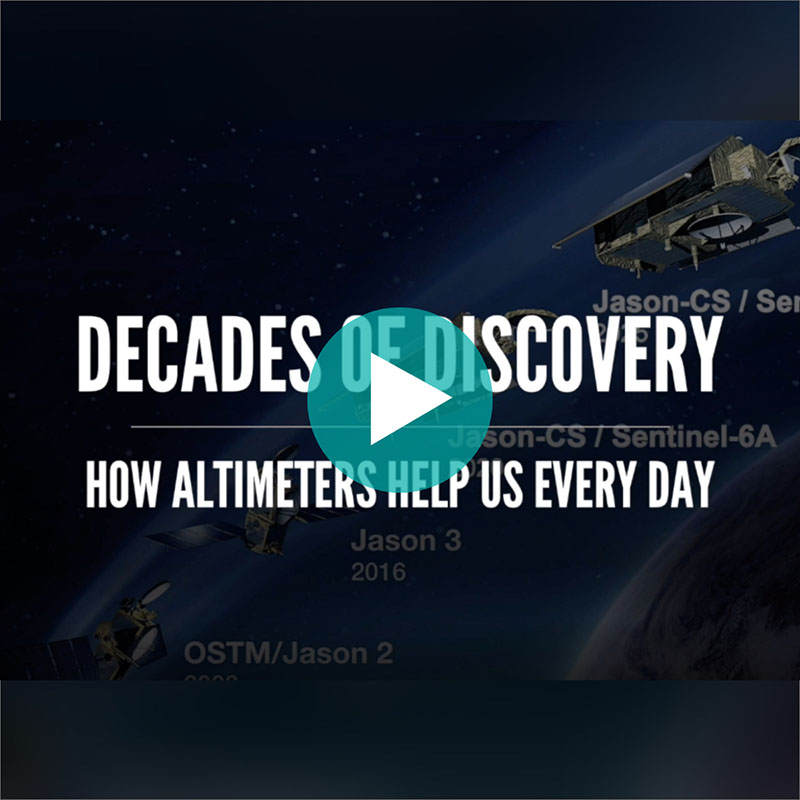
Since 1992, spaceborne altimeters have measured global sea surface height. Watch this video to learn more about how altimeters work and why international collaboration is important.
Video credit: NASA/JPL
4. By expanding the global atmospheric temperature data record, the mission will help researchers better understand how Earth's climate is changing.
Climate change doesn't just affect Earth's oceans and surface; it impacts all levels of the atmosphere, from the troposphere to the stratosphere. A science instrument on Sentinel-6 Michael Freilich uses a technique called radio occultation to measure the physical properties of Earth's atmosphere.
The Global Navigation Satellite System - Radio Occultation (GNSS-RO) instrument tracks radio signals from navigation satellites that orbit Earth. When a satellite dips below (or rises above) the horizon from Sentinel-6 Michael Freilich's perspective, its radio signal passes through the atmosphere. As it does, the signal slows, its frequency changes, and its path bends. Called refraction, this effect can be used by scientists to measure minute changes in atmospheric density, temperature, and moisture content.
When researchers add this information to existing data from similar instruments currently in space, they'll be able to better understand how Earth's climate is changing over time.
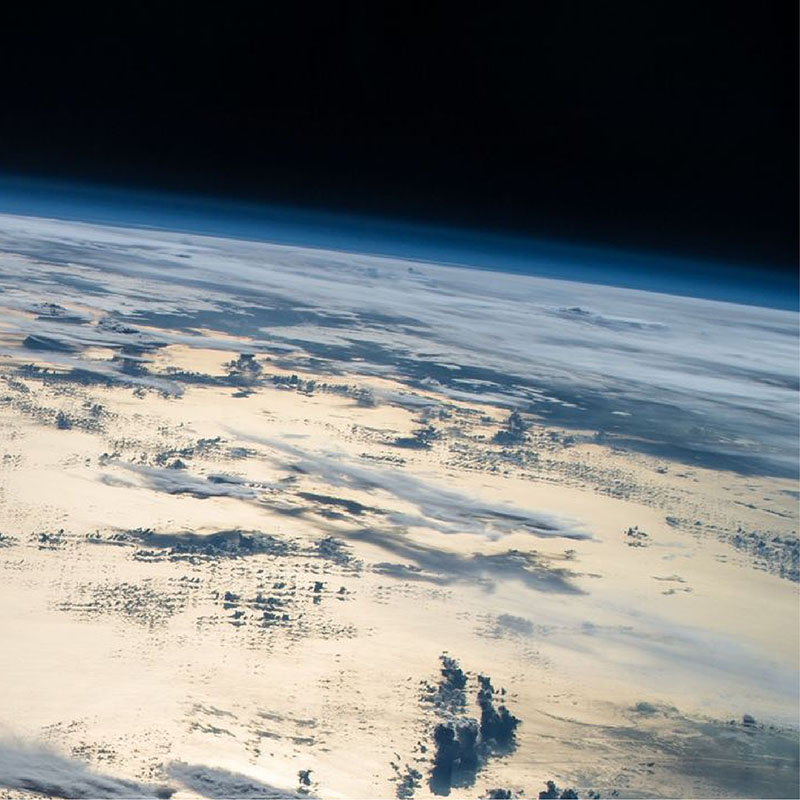
The Earth's climate and oceans are dynamic and connected; Sentinel-6 Michael Freilich will study both.
Image credit: NASA
5. Sentinel-6 Michael Freilich will help to improve weather forecasts by providing meteorologists information on atmospheric temperature and humidity.
The satellite's radar altimeter will collect measurements of sea surface conditions, including significant wave heights, and data collected by the GNSS-RO instrument will complement existing observations of the atmosphere. These combined measurements will give meteorologists further insights to improve weather forecasts. Moreover, information on the temperature and humidity of the atmosphere, as well as the temperature of the upper layer of the ocean, will help to improve models that track the formation and evolution of hurricanes.
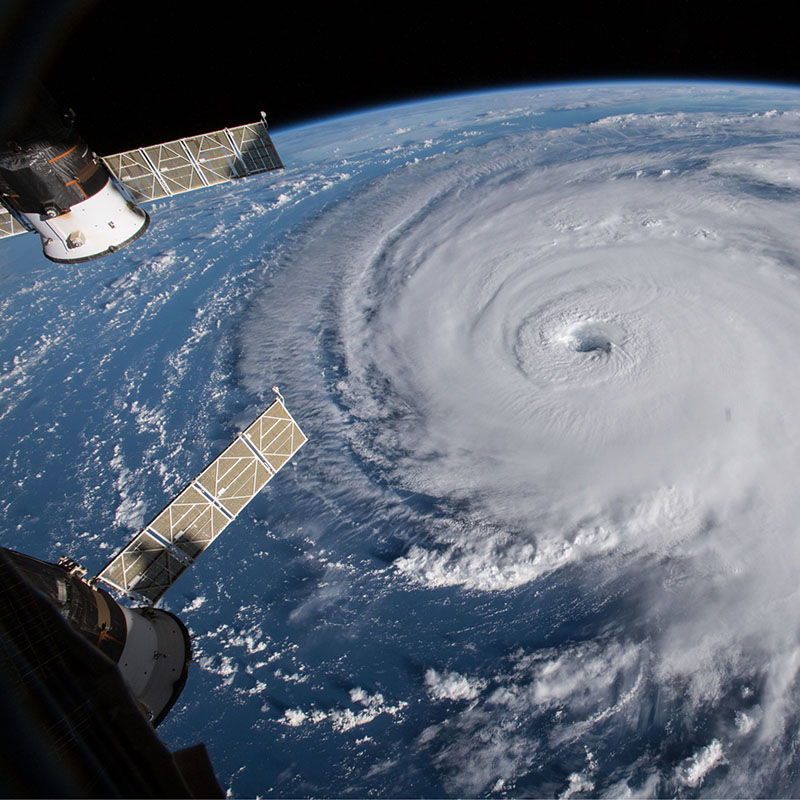
Observations from space can help boost our understanding of hurricanes and Sentinel-6 Michael Freilich will carry instruments to study this weather phenomenon.
Image credit: NASA
